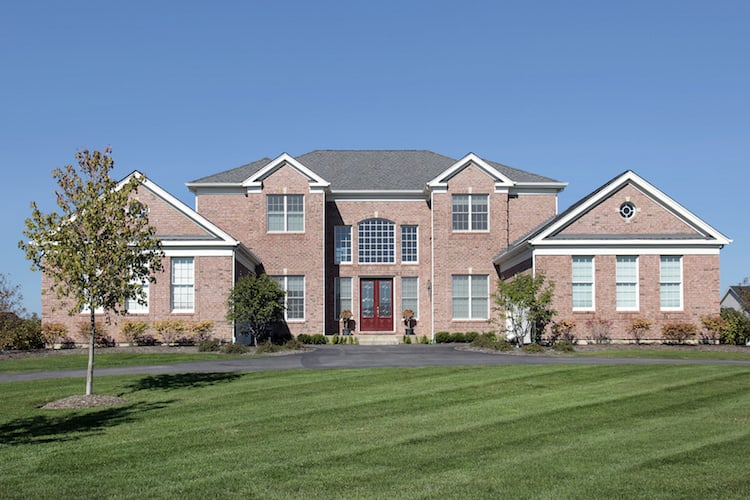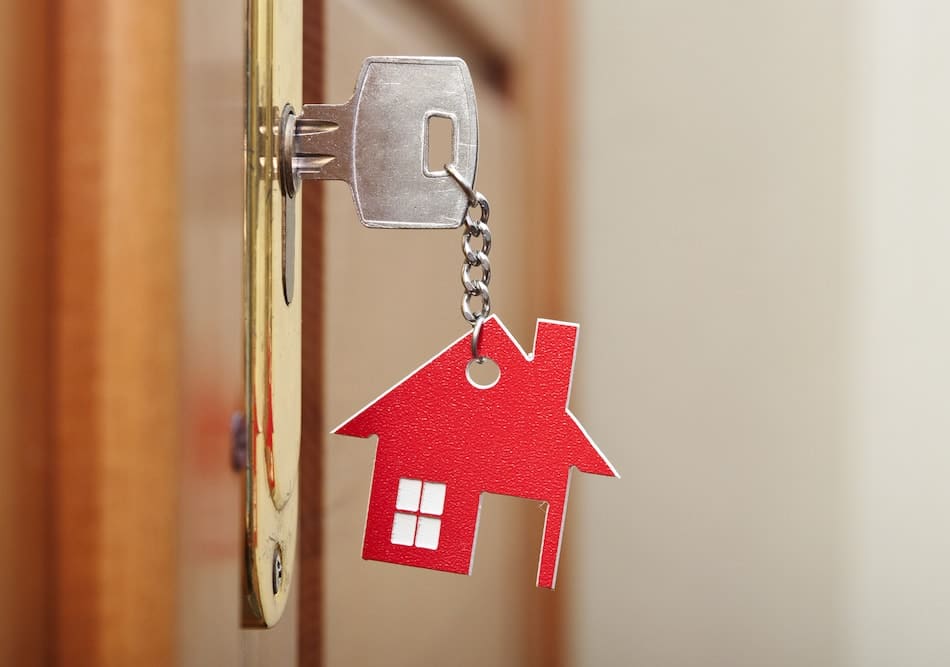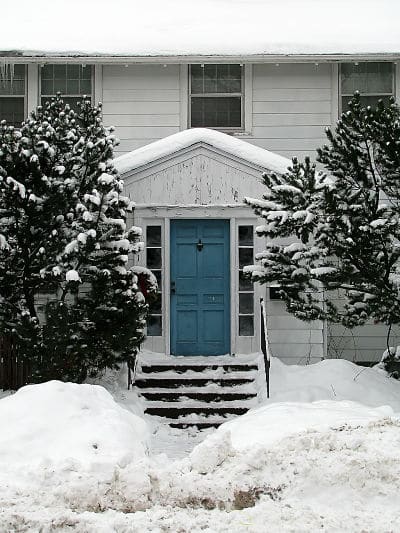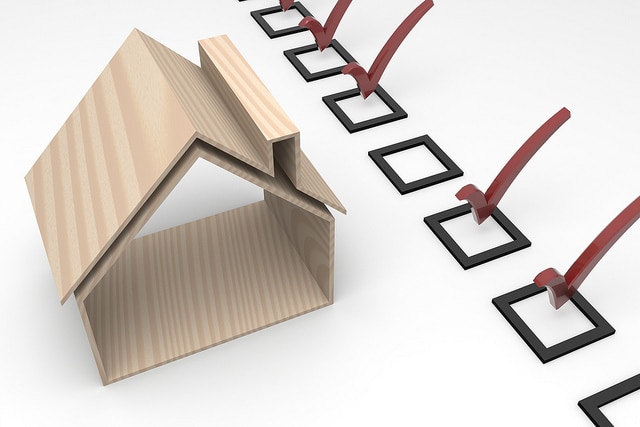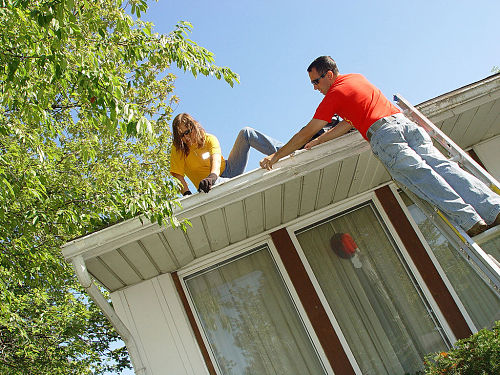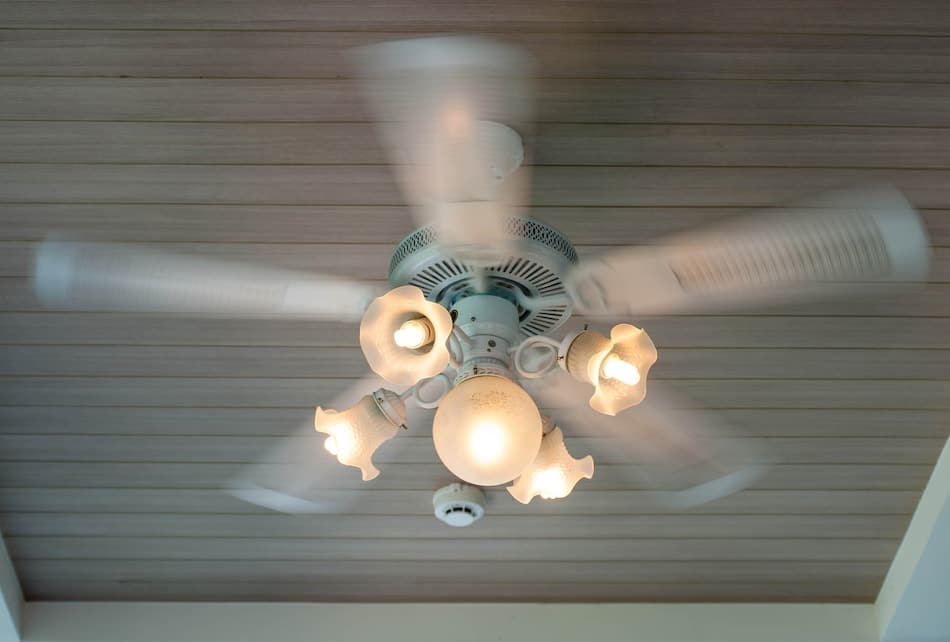
Shoulder Season: Using Your Fans to Their Potential
 Think you can’t turn off your air conditioner yet? Think again! As summer wanes, you can start to dial down the A/C and use fans instead. A good ceiling fan or even an old-fashioned box fan can work wonders to cool your home — but only if you know how to use them properly.
Think you can’t turn off your air conditioner yet? Think again! As summer wanes, you can start to dial down the A/C and use fans instead. A good ceiling fan or even an old-fashioned box fan can work wonders to cool your home — but only if you know how to use them properly.
Using your air conditioning less will also lower your electricity bills, so check out these tips and tricks — along with a little science — to get natural air flow working for you.
The Ins and Outs of Window Fans
One of the best fans you can buy is a double window fan that allows you to change the air flow to blow in or out. Window fans are among the most cost-effective options to improve whole home ventilation; simply place these between the sashes of your windows and take your cues from the weather outside. (How To Guide: https://topwindowfans.com/guide-window-fans/) Once the air outside is cooler than indoors — typically at night — set your fans on the ground floor to blow into your house and the upstairs fans to blow out. This will take advantage of the chimney effect and expel the hot air while drawing cool air in. When the sun comes out the next morning, shut the windows and blinds to keep the cool air inside as long as you can if it’s going to be a hot one.
Cooling Your Body Down
If your windows are closed during the day, how do you keep cool? This is where ceiling fans and oscillating desktop fans come into play. Your ceiling fan doesn’t actually cool the room, but it does cool your body. This is thanks to the wind chill effect created on your skin: When even a gentle breeze from your fan hits your skin, it forces perspiration to evaporate, which in turn cools your body — if not the air around you. Because ceiling fans don’t cool the room itself, use them only when you’re there to enjoy them, and turn them off before you leave the house.
Once you manage the air flow throughout your house, you might find that you can rely on your fans for a good portion of the spring and fall. Open up the windows and give it a try!
